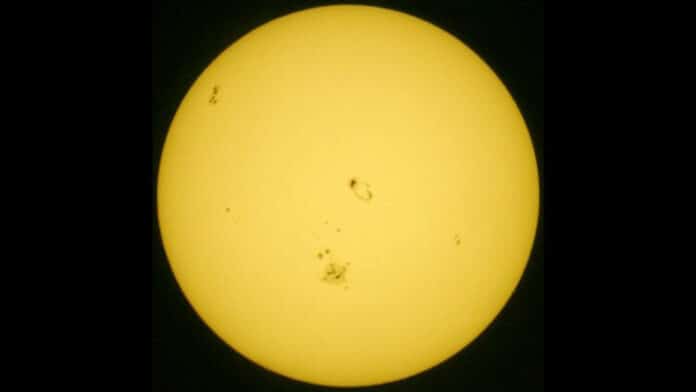Whether the Sun is, a star that is similar to the Sun is still up for debate. Many investigations revealed that stars identical to the Sun were noticeably more active, particularly in their magnetic activity. Yet, given the limitations and biases in the observational data and the inferred stellar qualities, the issue does not appear to be with the Sun itself but rather with the stars that are designated as having characteristics similar to the Sun.
A new study investigated the behavior, remarkably the variability in terms of strength, of the photometric magnetic activity of Kepler solar-like stars and compared it with that of the Sun. Using data from Kepler (NASA), Gaia (ESA), and SOHO (NASA/ESA), a team of scientists suggest that our Sun is a normal star after all.
The group selected several stars for this study that shared characteristics with the Sun. In addition to some Gaia data, the team’s rotation period, and magnetic activity index catalogs, they also employed a new stellar characteristics catalog derived from Kepler data. The VIRGO/SPM sensor on board the SOHO spacecraft provided data on activity from the previous two solar cycles, which were compared to the stellar data.
One of the studied stars, chosen from the Kepler catalog, was named Doris by astronomers. In a previous work, the team had already observed that Doris’ cycle amplitude was twice that of the Sun for the latest solar cycles, even though Doris has similar properties to the Sun.
Instituto de Astrofísica e Ciências do Espaço (IA) researcher Ângela Santos said, “The difference was the metallicity. Our interpretation is that the effect of metallicity, which leads to a deeper convection zone, produces a more effective dynamo, which leads to a stronger activity cycle.”
“When we selected stars similar to Doris, without considering metallicity in the selection, they found an excess of high metallicity stars. In our selection, the only parameter that could lead to this excess is the rotation period. In particular, Doris had a longer period than the Sun. And we found evidence of a correlation between the rotation period and metallicity.”
The findings of the two studies agree since more magnetic activity results in a slower rotation period due to magnetic braking, which accounts for Doris’ slower rotation while being reasonably comparable to and slightly younger than the Sun.
Ângela Santos says, “We found that although there are stars which are more active than the sun, the sun is indeed a completely normal sun-like star.”
Journal Reference:
- A.R.G. Santos et al., Temporal variation of the photometric magnetic activity for the Sun and Kepler solar-like stars, Astronomy & Astrophysics (2023). DOI: 10.1051/0004-6361/202245430
